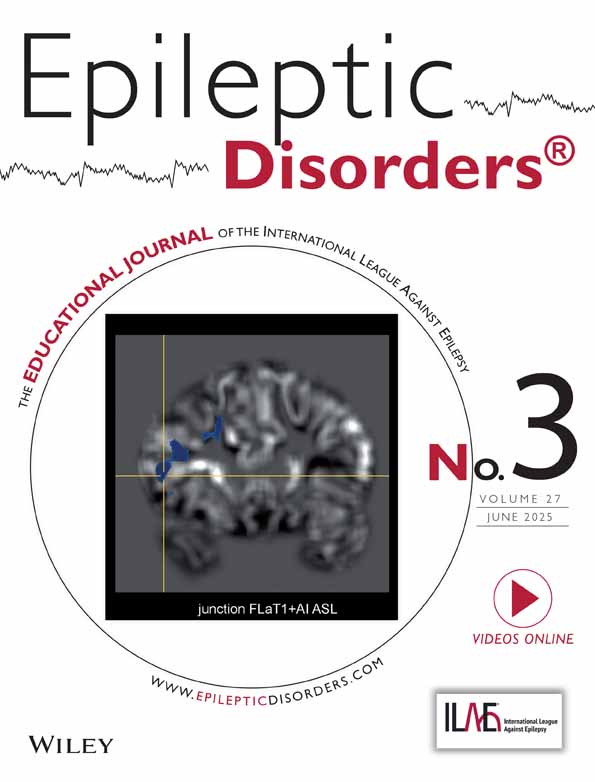Usefulness of bilateral bispectral index (BIS) monitoring in a comatose patient with myoclonic status epilepticus secondary to cefepime
ABSTRACT
Background. Status epilepticus, particularly non-convulsive status epilepticus (NCSE), is a frequent complication in patients with altered renal function receiving treatment with intravenous cefepime. To the best of our knowledge, we report the first case, illustrated by video-EEG, of a critically ill patient receiving treatment with cefepime who developed an episode of confirmed symptomatic myoclonic status epilepticus (MSE). Methods. Case report and video-EEG. Results. A 60-year-old man, who had received a liver transplant due to alcoholic cirrhosis one year ago, was admitted to our intensive care unit due to septic shock. Computed tomography revealed a prostatic abscess as cause of his sepsis. On Day 27, a respiratory infection due to Pseudomona aeruginosa was diagnosed, and treatment with intravenous cefepime (2 g/8 hours) was initiated. On Day 32, his mental status deteriorated and he developed inattention, a reduced level of consciousness, and multifocal and generalised continuous myoclonic jerks. A video-EEG study was compatible with the diagnosis of symptomatic MSE. On Day 35, cefepime was stopped and general anaesthesia with midazolam was started in order to achieve a faster clinical improvement. We used the BIS-Vista™ monitor to guide general anaesthesia and detect potential episodes of NCSE. On Day 40, an EEG confirmed the existence of moderate diffuse encephalopathy. Finally, the patient died as a consequence of severe heart failure. Conclusions. Cefepime may be a cause of MSE in non-anoxic comatose patients. Clinicians should be aware of this possibility when evaluating comatose patients on cephalosporin therapy in order to establish a correct diagnostic approach and accurate prognosis. [Published with video sequences]




